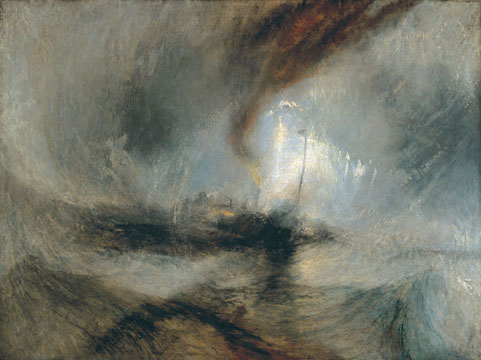Few great painters have wrestled as long and hard with the art of the past as J.M.W. Turner. “Turner and the Masters” is a positively forensic examination of the painter’s multiple, magpie borrowings from the work of painters as various as Ruisdael and Rembrandt, Claude Lorraine and Raphael, Titian and Watteau. A study in oedipal striving, the show will inevitably be compared to last year’s blockbuster at the Grand Palais in Paris, “Picasso and the Masters”. But it tells a very different story.
Turner’s relationship to tradition was a uniquely fruitful amalgam of necessity, insecurity and a sense of inner mission so profound as to be almost involuntary. The son of a barber, he trained as an architectural draughtsman but soon conceived ambitions far above such humble journeywork. By the end of the eighteenth century, the fledgling Royal Academy had done a great deal to raise the status of British artists, but standards of technical education in painting remained lamentable. Turner looked at the art of the past as intently as he did because he felt it was the only school that could truly help him.
From the very start of his career, he turned to the work of other artists for instruction and inspiration. He studied the macabre mid-eighteenth century prints of Giovanni Battista Piranesi, broodingly dark depictions of prisons and ruins, and brought the same spirit of romantic theatre to his own fitfully glimmering watercolours of England’s Gothic cathedrals. Branching out into landscape painting, he went to Rembrandt for schooling in chiaroscuro, and to Willem van de Velde the Younger for lessons in painting the rough and tumble of the sea. Seeking to attach himself to the higher traditions of idealised landscape and grand narrative painting, he looked to such painters as Raphael and Poussin. Turner’s idiosyncratic,...


